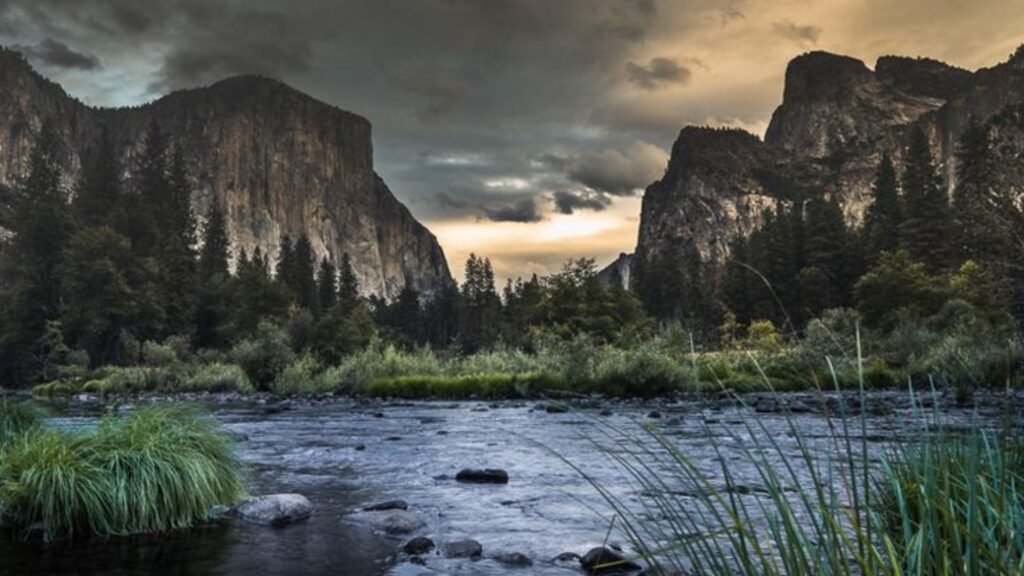Jul 3, 2024
Tips for Editing Landscape Photography
Editing landscape photography allows you to transform raw images into captivating scenes that reflect the beauty of nature. Whether you’re capturing rugged mountains, serene lakes, or vast forests, editing plays a crucial role in refining your photos. Here are essential tips to help you enhance your landscape photography through editing.

1. Start with RAW Files
Begin your editing process with RAW files rather than JPEGs. RAW files contain more data and allow for greater flexibility in adjusting exposure, contrast, and colors without compromising image quality.
2. Adjust White Balance
Correcting white balance ensures accurate colors in your landscape photos. Use presets like daylight, cloudy, or shade to achieve natural tones, or manually adjust temperature and tint sliders to fine-tune color balance.
3. Enhance Contrast and Clarity
Increase contrast to make elements in your landscape stand out. Adjusting clarity enhances mid-tone contrast, bringing more detail to textures like rocks or foliage without overdoing it.
4. Work with Shadows and Highlights
Balance shadows and highlights to reveal details throughout the image. Use the shadow slider to brighten dark areas and the highlight slider to recover details in overexposed parts of the photo, ensuring a balanced exposure.
5. Use Graduated Filters for Sky and Land
Graduated filters are essential for adjusting exposure in specific areas of your landscape. Apply a graduated filter to darken or lighten the sky while preserving the exposure of the land, creating a balanced and well-exposed scene.
6. Fine-Tune Saturation and Vibrance
Adjust saturation and vibrance to enhance the intensity of colors in your landscape photos. Saturation increases the overall color intensity, while vibrance targets muted colors without oversaturating already vibrant ones, maintaining a natural look.
7. Sharpen Selectively
Apply sharpening selectively to emphasize details in key areas of your landscape, such as mountains or trees. Use masking to sharpen specific parts of the image while preserving smooth areas like the sky.
8. Remove Distractions with Cloning and Healing Tools
Use cloning and healing tools to remove distractions from your landscape photos. Remove unwanted elements like power lines, litter, or people to create a cleaner and more focused composition.
9. Consider Cropping and Straightening
Crop your landscape photos to improve composition or remove distracting elements along the edges. Straighten horizons to ensure a level perspective, enhancing the overall balance and visual appeal of your image.
10. Maintain Naturalness
While editing, strive to maintain the natural look and feel of the landscape. Avoid excessive editing that alters the original scene beyond recognition. The goal is to enhance, not drastically change, the beauty of nature.
Conclusion
Editing landscape photography requires attention to detail and a careful approach to bring out the natural beauty of the scenery. By following these tips, you can enhance colors, contrast, and details in your landscape photos effectively. Experiment with different editing techniques, practice regularly, and refine your skills to create stunning landscape images that captivate viewers and showcase the wonders of the natural world.
More Details